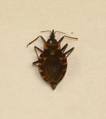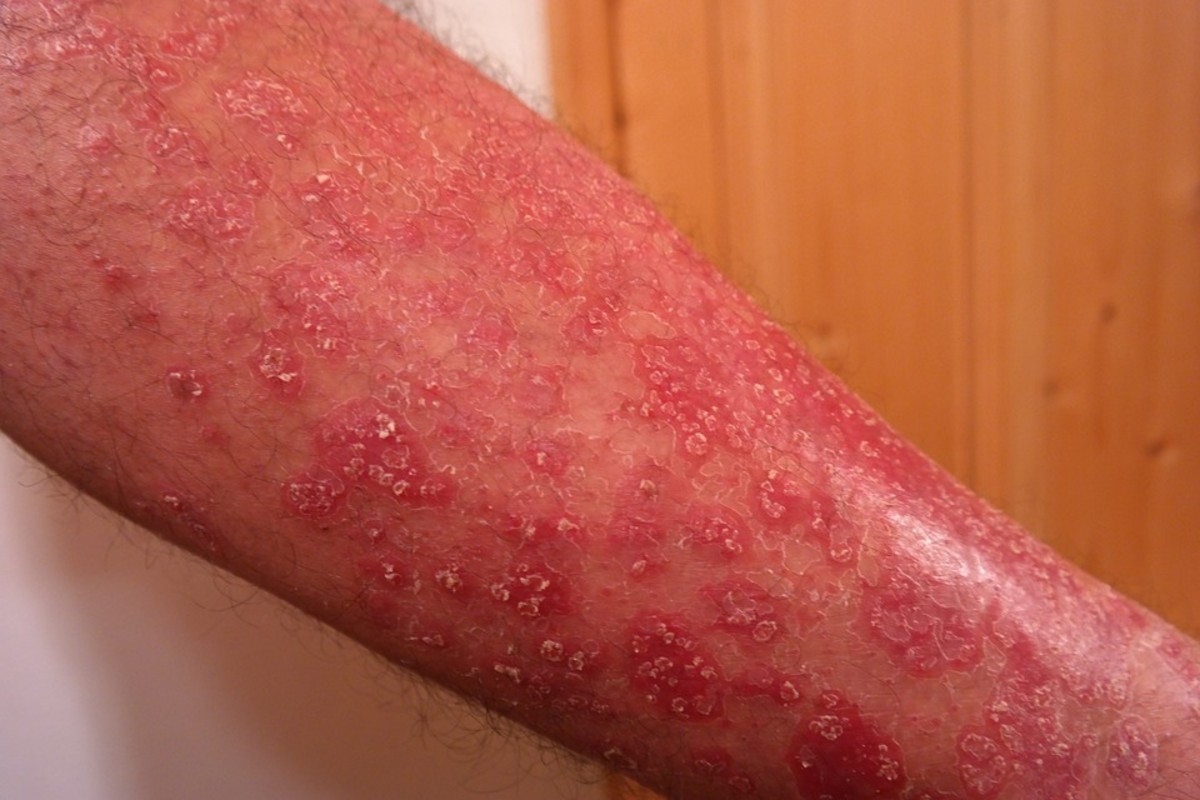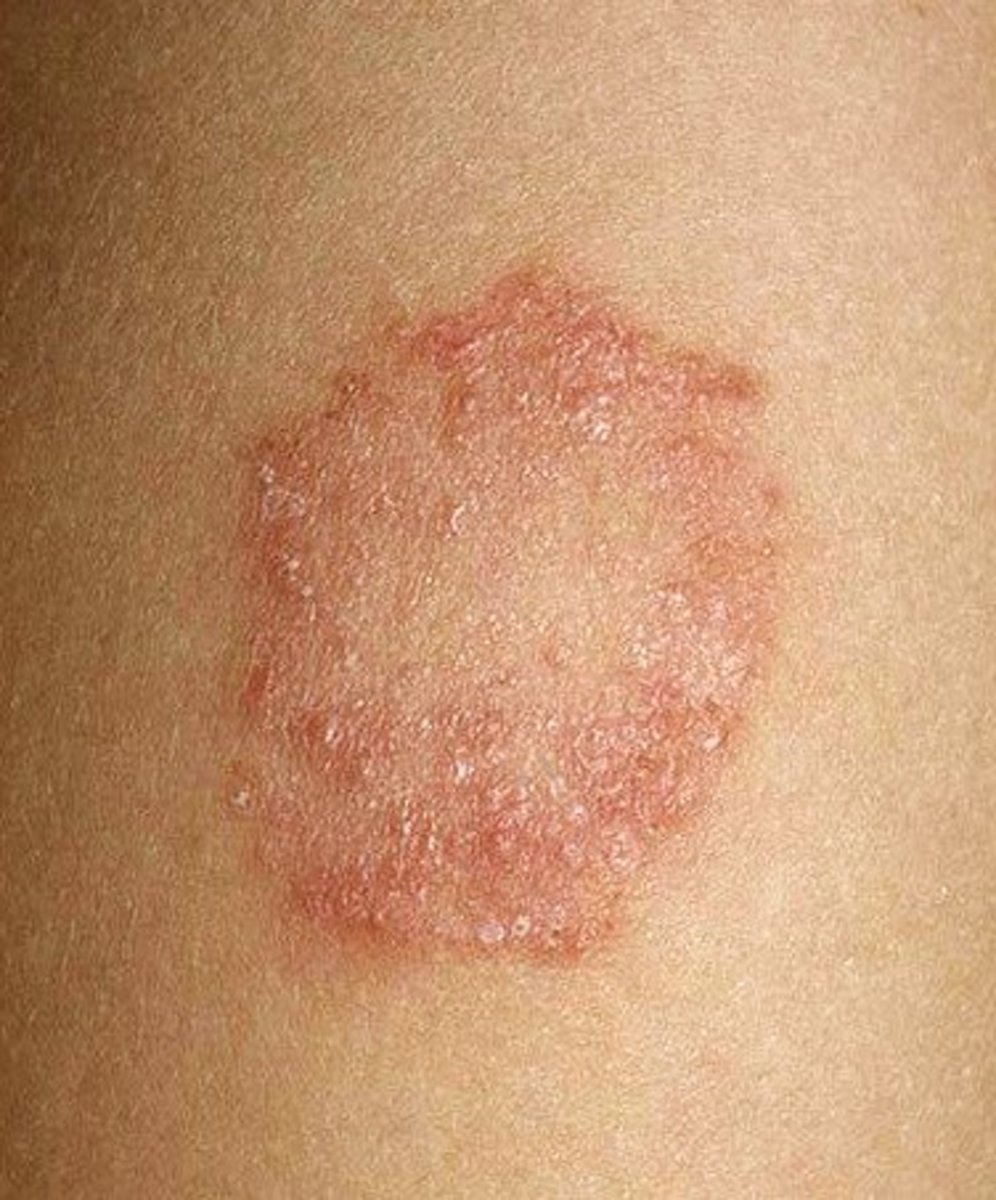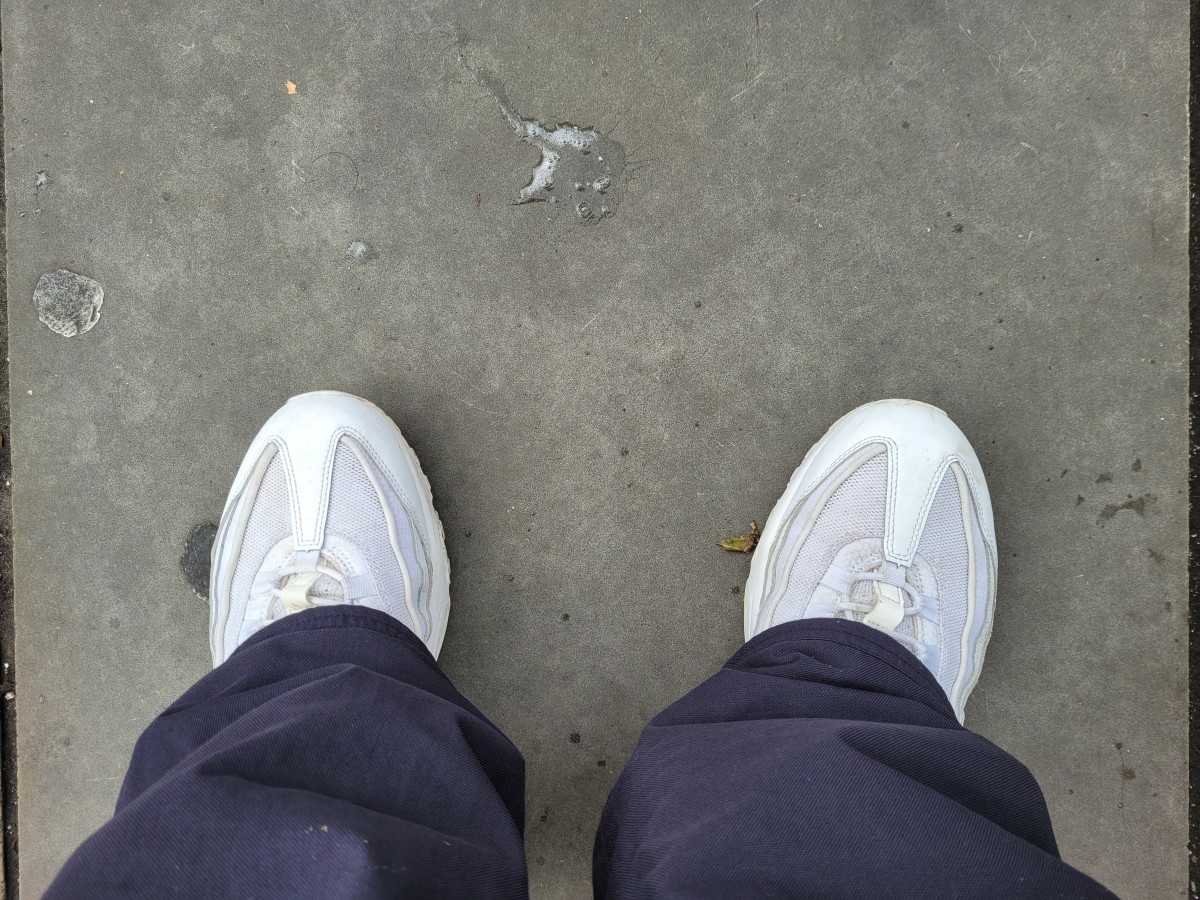Chaga's Disease and the Reduviidea.
The Lethal Kiss of the Assassin Bug
You may have read my recent article on Hubpages about poisons. We touched on some of the nasties that inhabit the planet and can be lethal to man. But these venomous creatures: spiders, scorpions, box jellyfish and their ilk, dangerous as they can be, are nothing when compared to the hundreds of insects, bacteria and viruses that can themselves, or carry pathogens that can, take human life.
One of these which still remains little known outside the so-called Third World is CHAGAS disease. I have not merely pulled this horror out of the hat in order to write about it on hubpages. I was asked to produce articles on Chagas some 10 years ago in Mexico, and the picture hasn’t improved much since then.
Basically, Chagas, named for it’s discoverer, Dr. Carlos Chagas in Brazil, is a tropical parasitic disease caused by the flagellate protozoa Trypansoma cruzi. T-cruzi is most commonly transmitted to humans and other mammals by the blood-sucking ASSASSIN, or KISSING BUG, of the family Reduviidea. The symptoms of Chagas disease vary over the course of an infection. In the early, acute stage, symptoms are mild and usually produce no more than local swelling at the site of infection. As the disease progresses, over the course of many years, serious chronic symptoms can appear, such as heart disease and malformation of the intestines..
Chagas is a disease of the poor. Not because this bug prefers the disenfranchised of the planet, their blood, and that of the wealthy are just the same, which might surprise some of the swinish British landed gentry, but because their houses - particularly when built with adobe and thatch of some sort -provide the ideal conditions for this largish insect to hide. At night, when the exhausted peons or their kids are sleeping - often many to one room - the reduviid bug stealthily crawls or flies down to a position on the body - usually the face - where it pierces the skin with its proboscis and begins to feed. For many years at the beginning of the last century, the medical fraternity thought that was how the infectious protozoa was passed to the host. Now we know this is not the case. To add to the horror picture already emerging, we find that the bug, full of blood, is programmed, perhaps by the protozoa itself, to defecate on, or close to the puncture wound site. It then “accidentally,” as it moves around, pushes excrement into the wound, along with the trypansoma cruzi. Once in the bloodstream, these pathogens rapidly spread. This allows the victim - if he or she knows they are infected - to seek what small amount of help exists during the incubating stage of about 3 to 6 weeks. After this, Chagas, or American Trypanosomiasis, is virtually incurable. It rarely has dramatic effects that kill within a short time of infection, although this can happen, especially in the case of infected babies, but it may take years - even decades - before the T-cruzi cause intestinal and cardiac disease leading to death. (The American variety is related to the “sleeping sickness” caused by pathogens found in the Tsetse Fly of Africa).
I cannot describe adequately the sense of horror upon entering the Chagas laboratory in the Department of Infectious Diseases in Cuernavaca, Mexico in 1997. Lining one wall were three tiers of what look like small tropical fish tanks. In them, swarm thousands of Assassin Bugs; many are feeding, their proboscises piercing condoms full of pigs blood (we hope!) hung from the covers. I asked Janine Ramsay, the attractive American doctor in charge of the unit. if she wasn’t nervous working amongst hundreds of tiny “murderers,” “all of which would love, vampire-like, to suck on her neck. I could sympathise with their intentions. Wouldn’t have minded a nibble myself. She smiled, “We are very aware,” she replied. (The understatement of the year). “But security is very tight and they never get out, after we have finished with them, they are humanely destroyed.” Do you sense an oxymoron there? But one does feel like crushing them all there and then. All these tiny creatures with the single minded intention to suck blood from warm-blooded bodies, unknowingly infecting them with this awful killer pathogen.
Janine tells me she has run into government lack or cooperation every step of the way in investigating and trying to exterminate the bugs. “They (politicos) won’t pay for treatment,” she sighs. “ There is no vaccination against the disease yet, but we do have drugs to treat the infection during the early period, after that it’s too late.”
The bug itself is not unattractive. The male is the larger and more brightly marked and there are several distinct varieties. They might be considered to look like a cross between a cockroach and a ladybird. They are a true bug, not a beetle, however. Many are a bright, orangey-red colour on the wings and carapace, spotted in black, like some ladybirds. They don’t seem very active - perhaps waiting for the witching hour!
“They don’t all carry T-cruzi, of course,” said Janine. “But a high percentage do.” They can be found in all the Central and South American countries, apart from the really cold zones and up to about 4,000 feet on mountainsides. “We now have them in the south of the United States,” she said ominously. Of course, the disease is less of a problem in the affluent places, because the well-built houses don’t encourage reduviid invection and what drugs we do have are immediately available if bites are reported. One of the worries with this disease - for rich and poor alike - is that the bite often goes undetected, and therefore untreated.. (Janine emphasizes to anyone sleeping out, or with locals in any of the danger zones to use mosquito nets without fail).
Occurring occasionally and perhaps the most dramatic early effect of a Chagas infection, is “Romana’s Sign.” Symptoms, usually around one eye, of swelling and some discoloration. Ramsay says up to 15 million people are infected in the troubled areas, most of whom HAVE NO IDEA THEY ARE SO INFECTED! Chagas can also be passed on with blood transfusions and other means in human-to-human transactions. In the later stages, Chagas may imitate a host of other human ills, including old age, that is often misdiagnosed and badly treated when it is found.
In the chronic stage, treatment involves managing the clinical manifestations of the disease. For example pacemakers and medications for irregular heartbeats may be life saving for some patients with chronic cardiac disease, while surgery may be required for megaintestine. The disease cannot be cured in this phase, however. Chronic heart disease caused by Chagas disease is now a common reason for heart transplantation surgery. Until recently, however, Chagas disease was considered a contraindication for the procedure, since the heart damage could come back as the parasite was expected to seize the opportunity provided by the immunosuppressant that follows surgery, It was noted that survival rates in Chagas patients could be significantly improved by using lower dosages of the immunosuppressant drug cyclosporin. Recently, direct stem cell therapy of the heart muscle using bone marrow is proving helpful.
As it seems nearly impossible to treat or cure, especially among the masses of rural poor in these huge areas, the only hope seems to be eradication of the bug, the triatomine vector itself, and better construction of dwellings. Janine and her team, and others all over the Americas, go from village-to-village attempting to educate the people about the danger. “Most could care less,” she sighs. “When you have no money and nothing much to eat, that is uppermost on your mind, not whether or not you will die in 10 or 20 years from a small itch on the neck.” In fact, she says, on many occasions, young children can be found playing with the assassin bugs like little, living toys! Symbiosis at its most ghastly “We have found as many as 1000 bugs in one house,” she grimaces. “How can you really change something like this.”
When I lived in Cuernavaca, I occasionally found one of the bugs under rubbish in the garden. I made sure my insect screens were intact and took the ones I found up to Janine. My cat, Sheba, played outside all the time. But it was a coyote that ended her life, not some obscure disease. Which is the trouble, I guess. We all have more obvious woes and illnesses to worry about, like Asian Flu, AIDS, high blood pressure, diabetes, et al, and we have to trust to luck - or the universal lottery - for the rest. But do take care when you travel in these countries, once you get Chagas, you have it for life - and death - if not treated right away.
Note: There is some circumstantial evidence that Charles Darwin eventually succumbed to Chagas Disease. But the church, to this day, will not allow his bones to be disinterred and subjected to modern analysis.
Final Word. A case can certainly be made that there are many insects who suck our blood for a living smaller than the "Tiniest Vampire:" mosquitos immediately come to mind. But these insects lack the stealth employed by the reduviid - such as only coming out in the dead of night to enjoy their blood meals - just like the vampires of fiction. And, as far as I know, none do number two on your face and tread the muck into the wound, along with the T-cruzi that will one day kill you, although many of the others do pass along pathogens as they suck: The reduviid's method sounds more vampire-like to me. So stop nitpicking about my choice of title!










